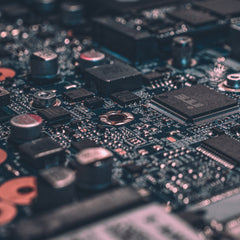
Cloud Services are the Future of IoT
The Internet of Things (IoT) is composed of an assortment of connected devices, but without cloud computing services, these devices wouldn’t have much more functionality than the standard household device. This is because the cloud allows devices to outsource the analysis and storage of any data that is collected through their connected sensors. The cloud’s internet-based computing methods act as the brain for IoT devices, removing the boundaries of inter-device, memory and space constrictions.




